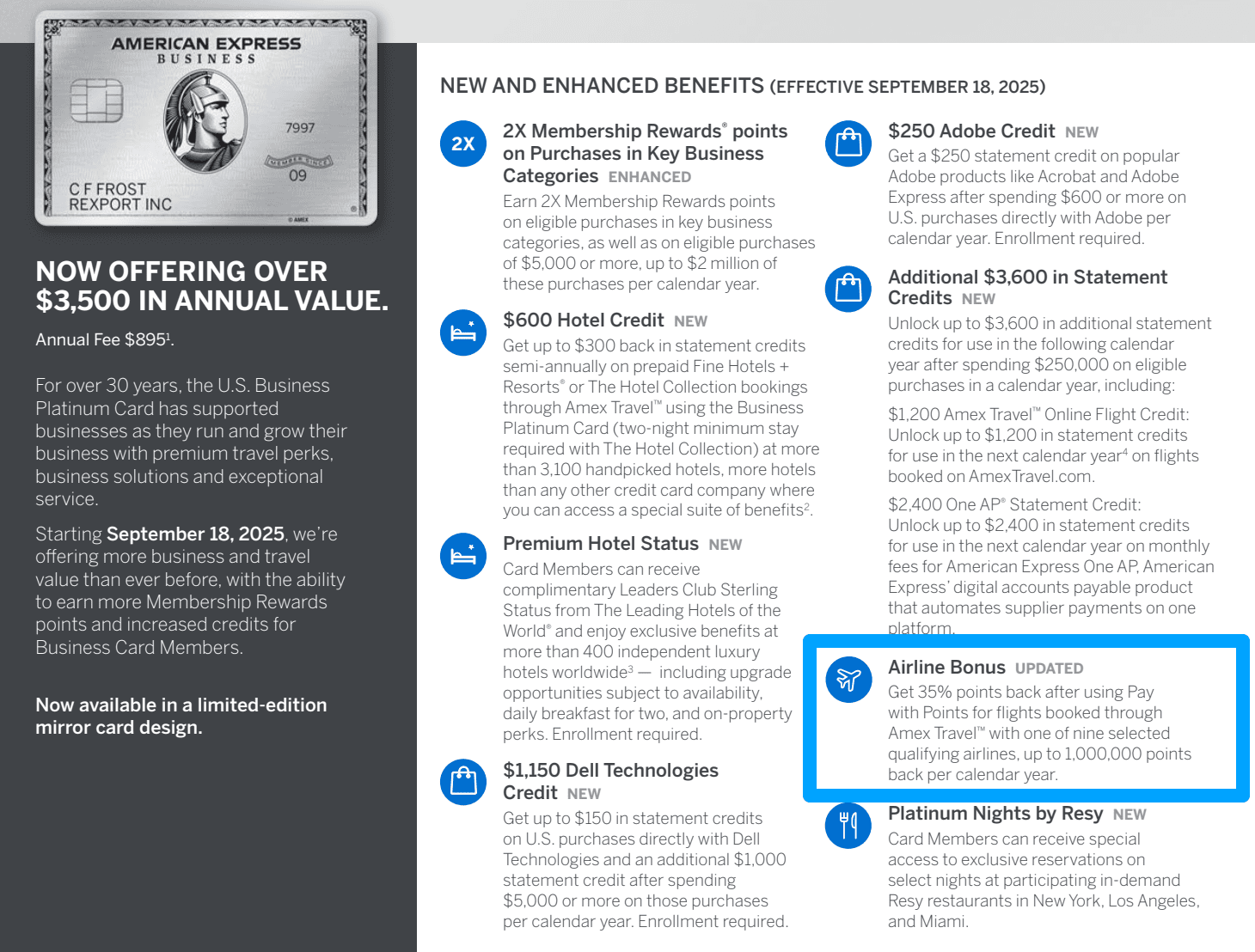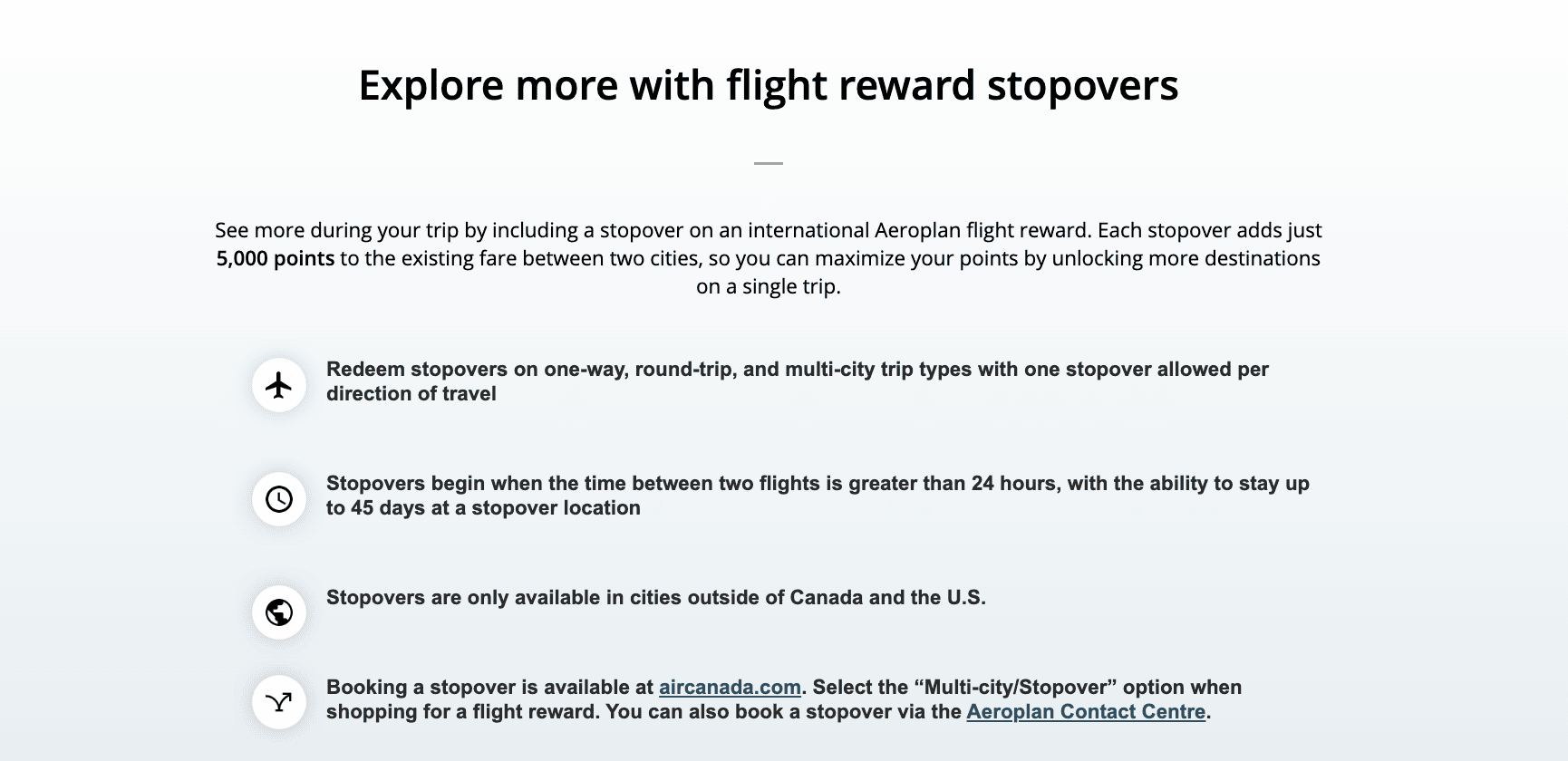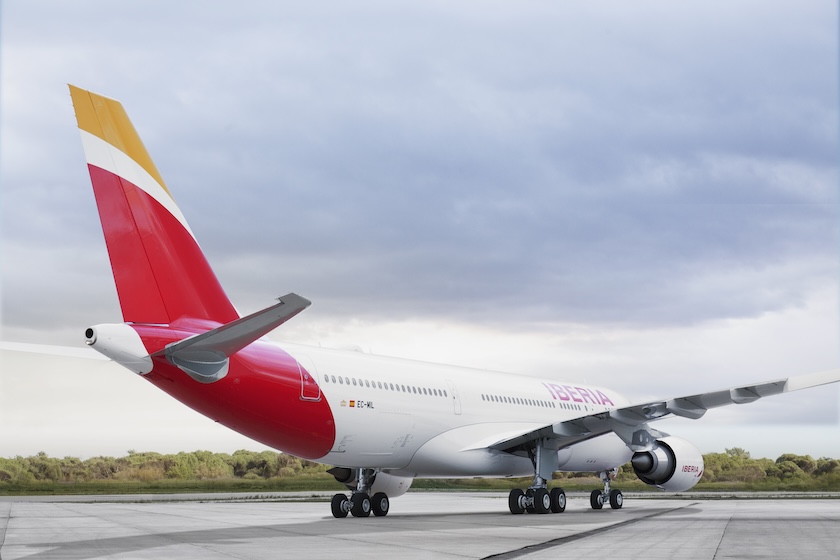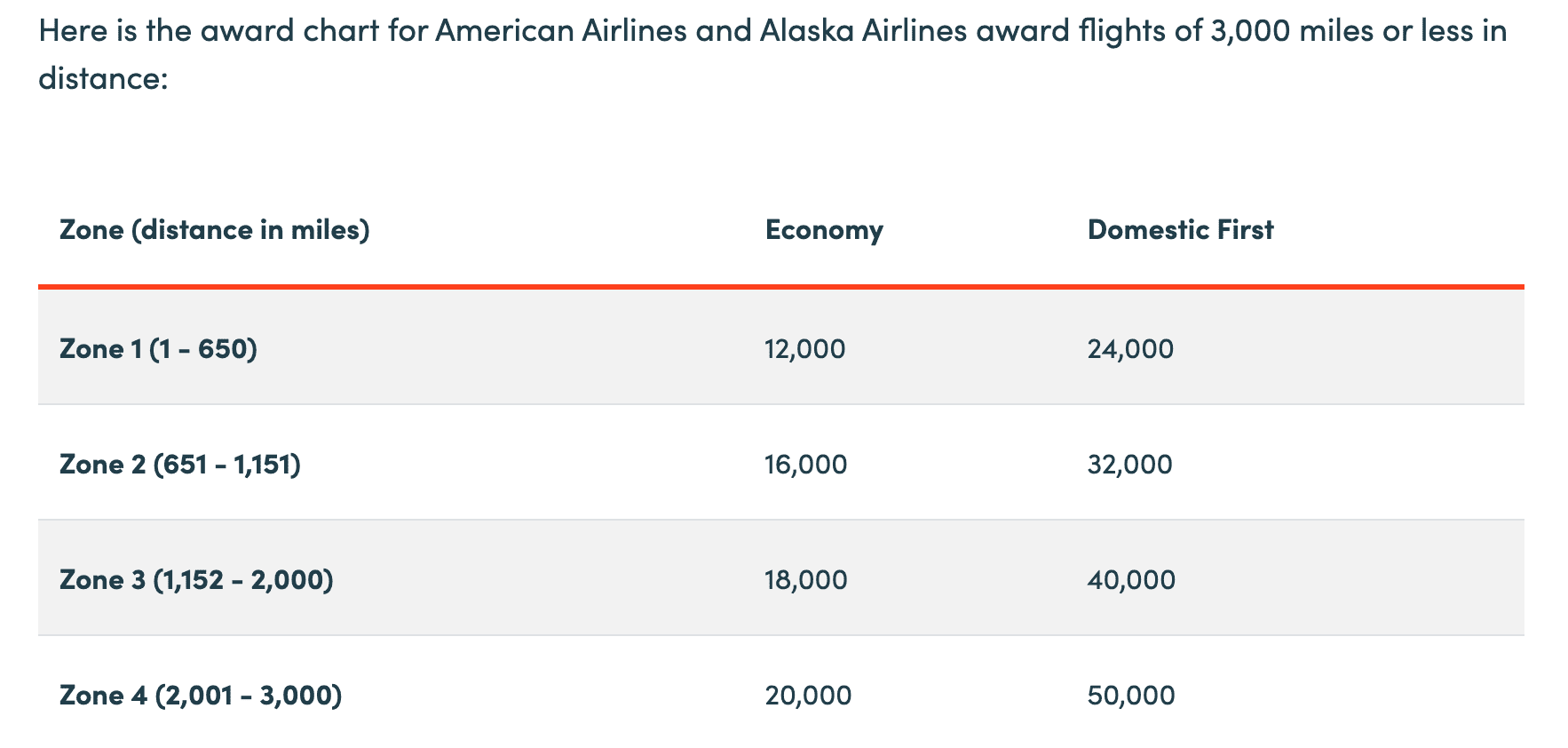How to Maximize Amex Points for Flights
PointsCrowd is a community-supported platform. When you apply for a credit card, make an order, or otherwise interact with the advertisers through the links on this page we may earn an affiliate commission. This helps us maintain and develop the platform further at no cost to you.
Amex Membership Rewards points are flexible — and if you’re wondering How to Maximize Amex Points for Flights, the playbook starts with two paths: book cash tickets with points through Amex Travel (usually 1¢/point for flights), or transfer to airline programs to unlock outsized value (premium cabins, partners, and creative routings).
If you’re new to portal vs. transfer value: Amex Travel flights = 1¢/pt; transfers can be much higher when you hit a sweet spot.
We already published a hands-on guide to instant transfers and workarounds. For transfer speeds and the fastest partners, jump here Transfer Amex Points Fast: Instant Partners & Workarounds — then come back to apply the strategies below.
When the Amex Travel Portal Beats Transfers
1) Business Platinum’s 35% points back (2025 rules)
Okay, so starting Sept 18, 2025, here’s the deal with the Business Platinum’s 35% Pay-With-Points thing: It only works for flights on one of nine specific U.S. airlines that you pick. You can swap which airline you pick each January. There’s also a limit: you can only get a max of 1,000,000 points back each year.
But here’s a cool trick, flights that are codeshares can still get you the points back. This gives you way more choices for routes (we will discuss this in more detail below).

Why it matters: A 1¢/pt ticket effectively becomes ~1.54¢/pt after 35% back (you spend 100k points, get 35k back). That’s competitive with many economy awards and avoids award-space hunting.
2) International Airline Program (IAP): discounted premium fares


Platinum or Business Platinum cardholders can book discounted fares on first class, business class, and premium economy on more than 20 airlines through American Express Travel or Platinum Travel Service and pay with their American Express card — often saving hundreds of dollars on business class, which pairs perfectly with Pay With Points (and potentially a 35% discount if it’s your preferred airline).
The discount may also apply to the primary cardholder and companions on the same itinerary. On its official website (Canada), Amex states that the discount can be extended to up to seven (7) additional passengers when booking through a Platinum Travel consultant, while online bookings at americanexpress.ca/travel are limited to five (5) additional passengers.
When Transfers (Usually) Win: The Best Partners & Sweet Spots
Find award space first, then transfer (transfers are final). If a transfer bonus is live to your target program, lock it in after you’ve confirmed seats.
Europe
- Iberia Plus (Avios): Nonstop U.S. → Madrid business class from 40,500 Avios (off-peak from East Coast); mid-U.S. from 50,500; West Coast from 60,500. Availability fluctuates, but these are some of the lowest lie-flat prices to Europe.
- Flying Blue (Air France–KLM): Monthly Promo Rewards discount economy and premium cabin pricing on select routes—stack with Amex → Flying Blue transfer bonuses when available.
- Aeroplan: Excellent partner coverage and the 5,000-point stopover lets you add a second European city (or Middle East hub) on the same one-way.
- British Airways Avios (partners): Great for short-haul connectors in Europe or the U.S. (distance-band pricing; e.g., 0–650 miles often 9k Avios in economy on partners).
Middle East / Africa
- Qatar Privilege Club (Avios): U.S. → Doha 70k Avios off-peak in business (often Qsuite). From Doha, connect onward across Africa/Asia at competitive rates.
- Aeroplan: Strong coverage via partners (Etihad, Emirates limited awards via Aeroplan partnership), easy stopovers for complex region-hops.
Asia-Pacific
- Virgin Atlantic → ANA: Still a fantastic way to book ANA premium cabins between the U.S. and Japan using Virgin points (Avios-transferable)—business remains especially compelling post-2024 chart changes.
- Aeroplan: Wide Star Alliance access (EVA, THAI, Singapore partner space, etc.) + 5k stopover magic for multi-city Asia trips.
Domestic steals & positioning flights
- Turkish Miles&Smiles: Türkiye domestic awards from 10k/15k (Y/J). Great value for Istanbul connections.
- Avios on partners (AA/AS): Short-haul under ~650 miles often 9k Avios — handy for positioning to long-haul gateways.
Transfer Bonuses: Free Leverage
Amex sometimes gives you extra points when you move them to certain travel partners (think 10–40% extra!). For instance, back in October 2025, they gave 20% extra when moving points to Flying Blue.
What to do: First, make sure there’s award space. Then, move your points during one of these bonus times to save points. Keep an eye on trustworthy sites (Pointscrowd, Frequentmiler and others) to know when these deals are happening.
Taxes, Fees, and That Tricky YQ Stuff
What you’re really going to pay:
- Portal redemptions (Pay With Points): You’ll cover all the taxes and fees baked into the price, but hey, since it’s like buying a regular ticket, you’ll usually collect miles and points toward elite status.
- Award Tickets with Partners: Watch out – some airlines (like British Airways on long flights or many Virgin Atlantic partner long flights) add hefty surcharges. Programs like Aeroplan and LifeMiles usually have reasonable surcharges, but keep an eye out for partner booking fees (like Aeroplan’s CAD $39).
- Transferring to U.S. Airlines (Amex): Amex charges a small fee of $0.0006 per point (up to $99) when you move your points to a U.S. airline like Delta. Keep that in mind when you’re budgeting.
Step-by-step: Book Like a Pro
- Outline your route & cabin. Decide “must-have” vs. “nice-to-have” (nonstop vs. 1 stop, lie-flat vs. premium economy).
- Search broadly.
- Use tools to search for award flights: pointscrowd.com (especially JetBlue/Delta finds), point.me (unified award search), Seats.aero (fast availability scanning, especially ANA/Flying Blue/Iberia finds).
- Search in the airline you’ll book with (not just partners).
- Price check the portal. If Business Platinum + selected airline or IAP discounts tip the math, Pay With Points may beat an award.
- Hold if possible. Some programs allow 24–72h holds; if not, confirm space is live before moving points.
- Transfer only after seats are ready. If a transfer bonus is live, move points and ticket immediately.
- Mind names and accounts. Names must match exactly; transfers are one-way, irreversible.
Maximize Amex Points for Flights – Pro Booking Tactics
1) The “easy button” for premium cabins: Amex Travel + IAP + 35% back (Biz Plat)
With the Business Platinum card, when you book flights through Amex Travel and pay entirely (or partly) with points, you get 35% of the points back on your selected U.S. qualifying airline (cap: up to 1,000,000 points back per calendar year). Since Sept 18, 2025, the rebate no longer applies to any first/business fare on any airline—it’s tied to your chosen airline. Amex’s International Airline Program (IAP) then layers on discounts for Business/First/Premium Economy on 20+ airlines, which you can still book via Amex Travel and pay with points. Put together, this is a clean, repeatable stack.
As we mentioned earlier, the 35% discount actually increases the cost to ~1.54 cents per point after returning points (you spend 100,000 → get 35,000 back → net profit of 65,000).
Codeshare Trick
From Sept 18, 2025 onward, the rebate is limited to your selected airline (among which Alaska Airlines, American Airlines, Delta Air Lines, Hawaiian Airlines, JetBlue Airways, Southwest Airlines, Spirit Airlines, United Airlines) — but codeshares marketed by that airline still qualify if booked through Amex Travel. Example: an American Airlines – marketed flight operated by British Airways can trigger the 35% back if AA is your selected airline (this was reported by TPG).
Mini example:
- IAP finds JFK–LHR business class at $2,000 on your selected airline (vs. $2,300 elsewhere).
- Pay with Points: 200,000 points.
- 35% back: 70,000 points return to your account.
- Net: 130,000 points for a lie-flat round-trip, and you earn redeemable miles/status credit on the operating carrier. (Exact earnings depend on the fare brand.)
- If that same seat as an award would be 120k–160k + surcharges, the IAP + 35% stack can be the better, simpler deal.
Things to keep in mind:
- The airline you pick for the $200 credit has to be the same one you pick for the 35% deal. You can change this every January.
- For some airlines, you might need to call Amex Travel to book so you get the credit (like Southwest or Spirit).
- Amex Travel is like any other online travel agency. Changing or canceling flights depends on the ticket rules, and it might be a little trickier than booking directly with the airline. Keep that in mind.
2) Aeroplan stopovers for 5k: two cities on one one-way

With Air Canada Aeroplan, you can add a stopover to your one-way flight for just 5,000 points. For a round-trip ticket, you can add one stopover on each leg of the journey.
For partner flights, Aeroplan uses a reward table based on regions and distance, which provides transparency in pricing.
There are certain rules and restrictions for adding a stopover:
- Each stopover can last up to 45 days
- Stopovers are not permitted in the US and Canada.
- The route must be consistent and logical, and cannot exceed twice the direct distance between the departure point and the destination.
- Returns with a stopover at the same airport are not permitted.
- When booking tickets within a single zone, they must remain within that zone.
- Aeroplan reserves the right to reject certain routes, even if they appear to be valid.
Full information about this offer can be found on the official website.
Okay, so here’s how to work this:
First, think about the big part of your trip. For example, you might fly from New York (JFK) to Frankfurt (FRA), and then hang out there for about a week, before going to Athens (ATH).
Instead of booking two separate tickets (JFK to FRA, then FRA to ATH), Aeroplan figures out the point cost for the whole one-way trip based on how far you’re going. Then, they just add 5,000 points for that longer stopover. Doing it this way can save you points compared to booking two different awards. And guess what? You can even use trick for trips that go through different parts of the world, like going from the US to Asia but stopping in Europe along the way.
Here are some examples of routes you can recreate:
- Euro sampler: NYC → Lisbon (stopover) → Madrid … return Prague → Frankfurt (stopover) → NYC. One stopover in each direction (5,000 points each). Price each direction from the chart for North America↔Atlantic, then add the stopover fee(s). Expect economy totals to vary by distance band and operating carrier; the stopovers add 10,000 points across the round-trip.
- Asia swing: LAX → Seoul (stopover) → Bangkok … return Tokyo (stopover) → LAX. Price each way under North America ↔ Pacific, then add 5,000 per stopover. (Business class can be outstanding value when you land partner “saver” space.)
- India via Asia, back via Europe: LAX → Delhi with a stop in Seoul (prices under North America ↔ Atlantic because India is in Atlantic) … return via Warsaw (stopover). Again: price each direction from the appropriate chart, add 5,000 for the stopover on that direction.
If the multi-city tool struggles, search segment-by-segment first, note flights with partner “saver” space, then rebuild in one ticket. If the site won’t price a valid combo, try different dates/partners or call the Aeroplan Contact Centre.
How to book (2 minutes)
- Go to aircanada.com → Book → Multi-city/Stopover.
- Enter the origin and destination for Direction 1, adding the stopover city and dates (24h–45 days).
- Repeat for Direction 2 (return).
- The tool adds 5,000 points for each stopover automatically at pricing.
3) Avios “ecosystem” moves: pick the best booking desk, not just the best flight
Avios is like money you can use in different places. You can move it to British Airways, Iberia, Qatar Airways, and even others such as Aer Lingus and Finnair. This means you can send your Amex points to any of them then ship those points to whichever one gives you the best deal, without getting stuck with a bad one. Moving points is free and happens right away once you get your accounts linked.

Why is this so good?
Flying across the Atlantic with Iberia: Iberia often has lower prices for business class tickets from places like JFK, BOS, or ORD to Madrid. It also means lower extra fees than British Airways for the same flights. Just move your Avios to Iberia and book with them.
Qsuite with Qatar: Lots of flights from the U.S. to Doha have good prices if you use Qatar Privilege Club. Now, you can send Amex points straight to Qatar, or go through British Airways first. Once you link British Airways and Qatar, you can move Avios back and forth when you want.
How to do this fast:
- Make accounts with British Airways, Iberia, and Qatar. Use the same name, birthday, and email for all of them.
- Link British Airways and Qatar in either account. Then, link British Airways and Iberia Note: You might need to wait 90 days after opening your Iberia account before you can link it to British Airways.
- Send your Amex points to whichever Avios program you can get into the fastest. Then, “Combine/Move Avios” to the program with the best price for your award.
British Airways says you can’t “Combine my Avios” to or from Iberia until 90 days after you join Iberia. So, open an Iberia account now, even if you don’t need it right away.
4) BA partner short-haul: cheap positioning hops (know the bands)
Use Avios for short, pricey cash flights—especially to position to a long-haul gateway. BA uses distance-based pricing for partners, so under certain distances, you’ll pay a small, fixed Avios amount that can beat cash on peak dates.
What it costs now (2025):
- For most partners (single-partner chart):
- 1–650 miles: from 6,000 Avios (economy)
- 651–1,151 miles: from 9,000 Avios (economy)
- Special U.S. exception: For American/Alaska flights ≤3,000 miles, BA uses a separate chart—Zone 1 (1–650 mi) is 12,000 Avios one-way in economy. (This is why you’ll often see the “old 9k” number floating around—make sure you’re using the current chart.)
Value check (example): If a last-minute cash fare on a 500-mile hop is $180, redeeming 12,000 Avios + ~$5.60 taxes on AA yields roughly 1.45¢/Avios (($180−$5.60)/12,000 ≈ $0.0145) — solid for a positioning flight.

On non-AA/AS partners (e.g., short-haul in Europe/Asia), the 6k–9k bands can be even better.
Taxes and fees are usually cheap for short flights, but be sure to check when flying from the UK or EU. Government taxes can really add up there. British Airways shows you the total cost on their site before you book.
Common Pitfalls (and How To Dodge Them)
Ignoring surcharges: BA/Virgin long-haul awards often add hefty cash co-pays; compare Aeroplan/LifeMiles pricing before you commit.
See instant partners, posting times, and workarounds before you move points.
Chasing phantom space / married-segment quirks: Verify each segment on the booking program’s site before transferring. If you see space only when adding a second segment, try to keep the full married itinerary intact when ticketing.
Assuming the 35% rebate still works on any airline: From Sept 18, 2025, it’s only for your selected airline — use the codeshare-marketed trick as needed.
Forgetting the excise fee on U.S. airline transfers. Factor $0.0006/pt (max $99) into Delta transfers.